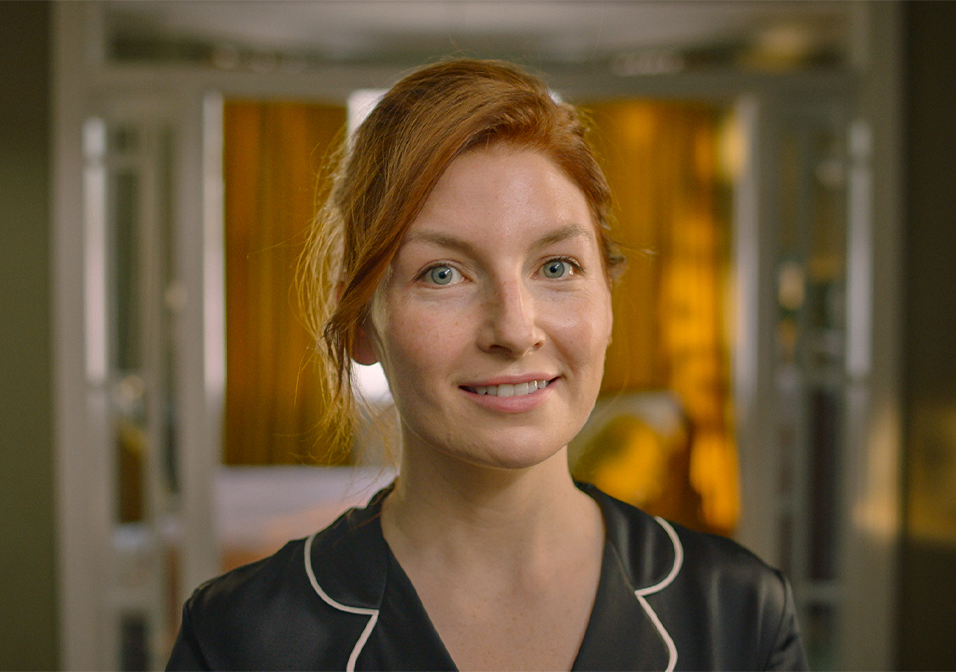Authenticity is everything for today’s hyper-connected consumer.
In summary:
- Genuine emotions and delivery resonate more powerfully with audiences and forge stronger emotional connections
- Failing to deliver authenticity can have a significant negative impact on brand performance
- It is critical to understand your audience’s content universe and find your place in it
- Audiences are smart – ‘faux authenticity’ will be spotted and can be damaging
- Authenticity creates trust which in turn creates brand love and advocacy
- Delivering genuine authenticity is a skill which requires specialist experience and expertise
There is a trend showing that consumers are losing faith in advertising and that trust is at an all-time low. This is something that accelerated during the Covid crisis.
Four years ago, we saw the rise in ‘belief-driven buying’ where people are more attracted to brands that focus on making the world a better place. Now, new research in the 2021 Edelman Trust Barometer shows another opportunity for brands. They write:
‘Brand trust clearly drives growth, with 61% of respondents prepared to advocate if they fully trust a brand, and 57% prepared to purchase a new product or service from a brand.’
So trust is critical, and if your customers don’t trust you, the simple reality is that they will look elsewhere for brands that they do.
In general, trust is driven by authenticity, and there’s a need for more authenticity in marketing. In this digital age we are bombarded with information and messages delivered by way of advertising, celebrity endorsements, sponsored posts and paid influencers. However, a lot of this is rendered ineffective as people are smart and they simply see through it. What people truly want today is authenticity and honesty.
Why is brand authenticity so important?
Genuine messages and ideas resonate more powerfully with audiences and allow brands to forge stronger emotional connections. Put simply, brand authenticity helps your marketing cut through. Putting it into place is simply a decision that you take as a brand to be more honest in everything you do. Without that honesty, it’s more difficult to create the bond that drives long-term loyalty and advocacy. If your audience don’t trust you, they will simply look elsewhere. So, to cut to the chase, this means that if you don’t demonstrate authenticity as a brand, it’s likely to hit your bottom line pretty quickly.
Capturing and delivering genuine authenticity requires specialist expertise
As a brand you don’t have to be perfect to thrive in this modern market, but you do need to be more honest. Audiences will seek out authentic experiences, and brands need to offer something that is valuable or entertaining to earn an audience’s attention in the first place. However, the model of delivery is just as important. Traditional methods of interruptive advertising just don’t work anymore. An audience-first approach is crucial to ensure your authentic content will be engaged with.
It’s a real skill to bring to life the authenticity of a brand through advertising communications. There is no shame in showing your audience the steps you are taking to be authentic and using that across your marketing mix. The medium and the way the authenticity is communicated will also affect the success of your message.
Thinking audience-first blurs the boundaries between programming, advertising and content, and earns people’s attention. By then layering authentic messaging and delivery within that, it creates a powerful way to engage people.
How do you build authenticity into the content creation process?
You need to understand the content universe of your audience, then serve yourself into their world in a way that adds real value. Too often, brands make the mistake of showing up to a party they haven’t been invited to and then compounding it by just talking about themselves.
Then there’s ‘faux-authenticity’ – pretending to be authentic when you’re not. Audiences are smart and can spot it a mile away. A common mistake in this space is using “real people” (as opposed to professional actors), but then giving them a script written by a creative from an ad agency. Working with real people can be incredibly powerful, but the result of this approach is often a stilted performance delivering words they just wouldn’t say, and it feels wrong and lacks impact.
Over the past decade at the Outfit, we’ve developed a unique set of processes that guarantees we can deliver authentic campaigns, whether working with real people, ‘talent’ or influencers.
These are broken into to three main areas:
1. Finding a genuine fit. Finding a fit between the audience of the brand and an influencer is integral. Don’t just hire them to read a script. Involve them in the creative process and what you’re trying to do from a brand perspective. Create something that feels like it’s from them and for their audience. You need advocates who believe in the subject matter or genuinely love your brand or product. We use casting teams who cast hit TV shows to help find this connection.
2. Not scripting real people. Scripting brand words into real people’s mouths creates those faux campaigns and is an area many agencies get wrong. We apply a bespoke unscripted process with guardrails for the types of brand messages we need to capture. But crucially we ask people to talk about the brands in their own words, and this is close to a real testimonial as you’ll ever get. As a result, brand honesty and audience engagement scores go through the roof because people believe what they’re being told.
3. Speaking human. We work with brands in the early stages to break down their key marketing messages and articulate them into everyday language. Basically, evolving them into how they might sound in real life if someone was chatting to their mates. This provides a structure for our campaigns, and when we do go scripted it gives us a process by which we capture and communicate the all-important key messages, but in a way that sounds human.
We don’t make brands authentic, but we have the skill to bring to life the authenticity of a brand through their advertising communications. When we do this, we take their stories and make them more human, more relatable, and more effective.












